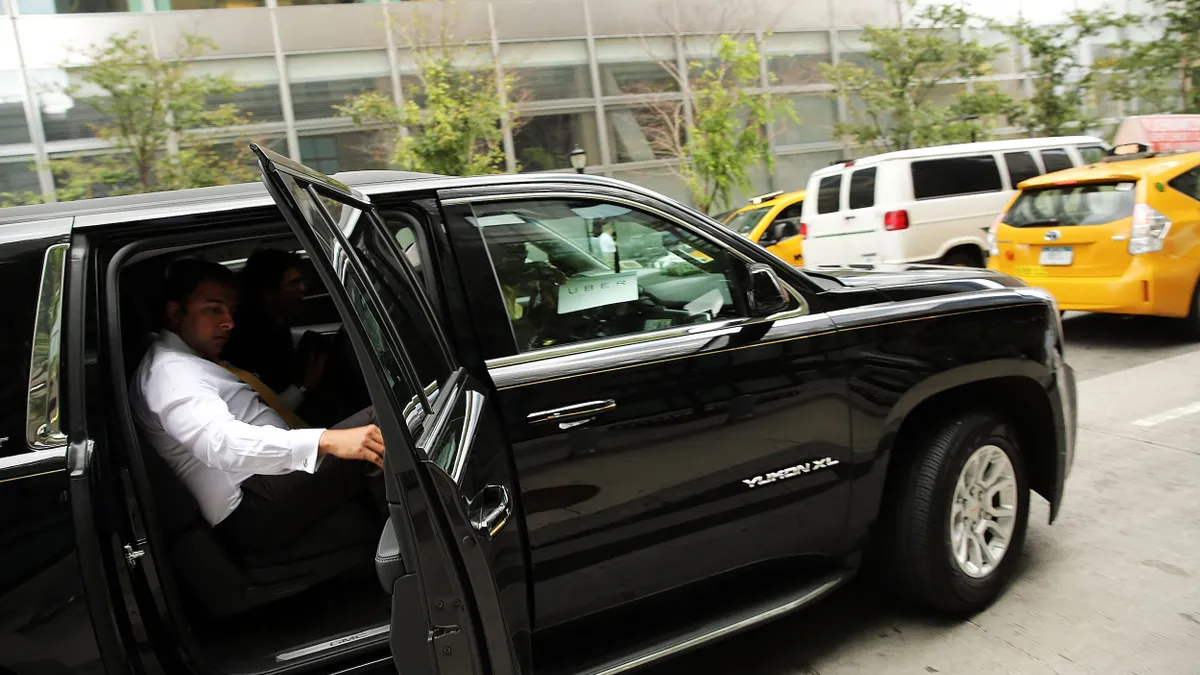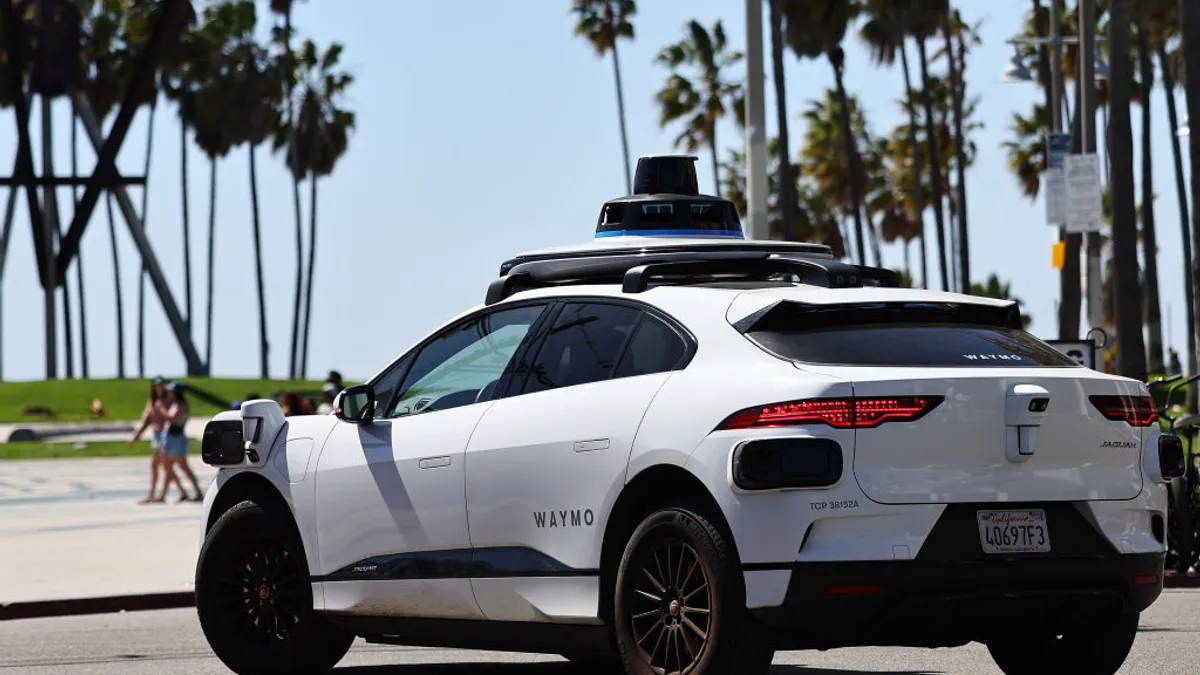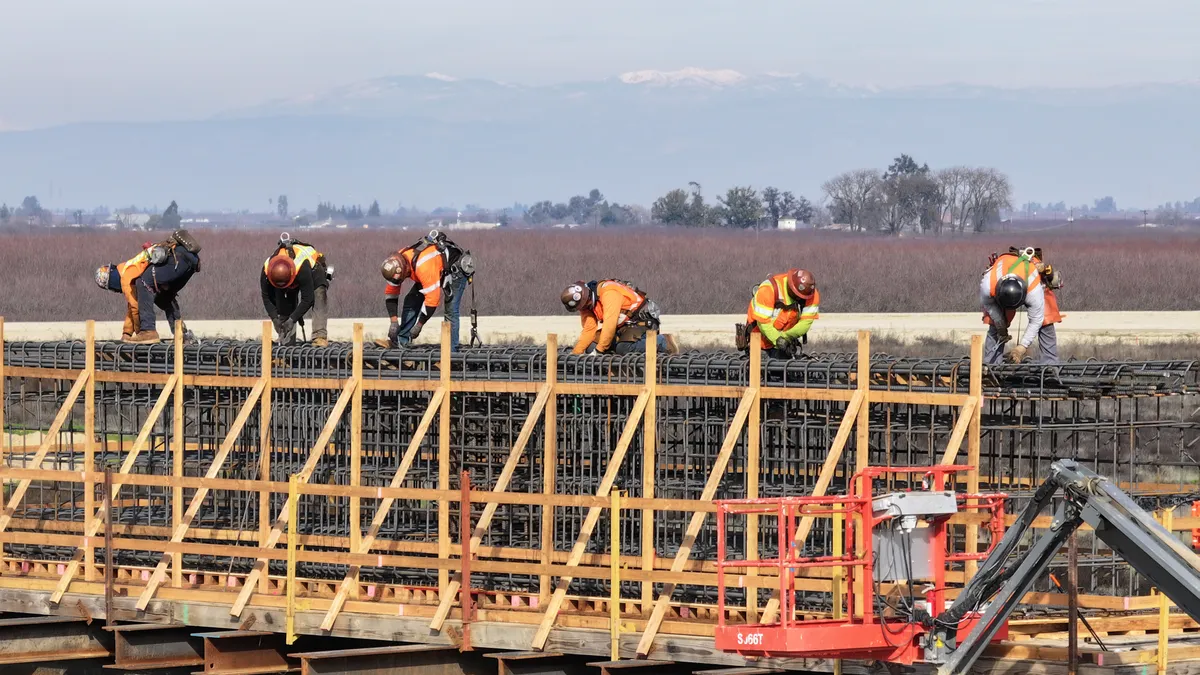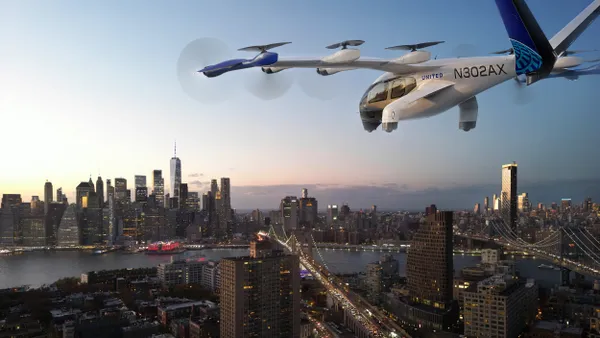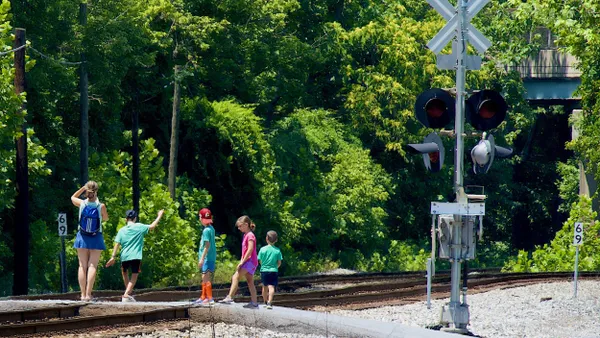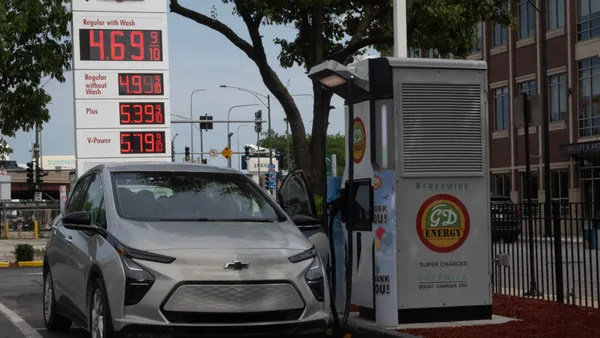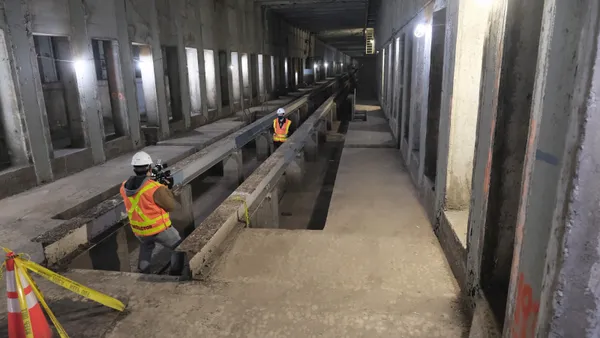Dive Brief:
- Riders choose ride-hailing services like Uber and Lyft over public transit to save time, a University of Michigan study found. Using data from the city of Chicago, the researchers found that comparable trips by transit take substantially longer than ride-hailing mainly due to waiting time and longer walks to a transit stop.
- However, the convenience of ride-hailing comes with greater greenhouse gas emissions, air pollution, traffic congestion, crashes and noise, the researchers note.
- The growth of ride-hailing has contributed to a decline in public transit ridership over the past decade, according to research the University of Michigan study cites.
Dive Insight:
An estimated 72 million people used Uber and Lyft in the U.S. in 2023 for transportation, according to eMarketer, a data forecasting firm. The ride-hailing companies’ CEOs have announced plans to reduce the environmental impact of their services by increasing their use of electric and autonomous vehicles in the coming years. The autonomous vehicles, or robotaxis, are all electric vehicles.
The University of Michigan study says that electrification of ride-hailing vehicles “would only provide modest social benefit in aggregate.” Congestion, vehicle crashes and noise would remain. The researchers also note research that estimates that ride-hailing vehicles travel without riders about 30% to 40% of the time.
Charging ride-hailing users for social impacts such as congestion wouldn’t much change the monetary equation they make, the study concludes. “If you were to tax riders based on how much harm they cause, it's not clear they would behave any differently," said Parth Vaishnav, assistant professor at the U-M School for Environment and Sustainability and an author of the report, in an emailed statement.
Chicago’s public transit vehicles were carrying only about 20% of their capacity during the study period, said lead author Miki Tsuchiya, a research assistant at the U-M Center for Sustainable Systems, in an emailed statement. “If we can make transit more accessible to the user, we can make a huge impact,” Tsuchiya said.
The study, published Jan. 20 in Environmental Science and Technology, compared the duration of 1.4 million ride-sharing trips in Chicago to an equivalent trip taken via public transit.



